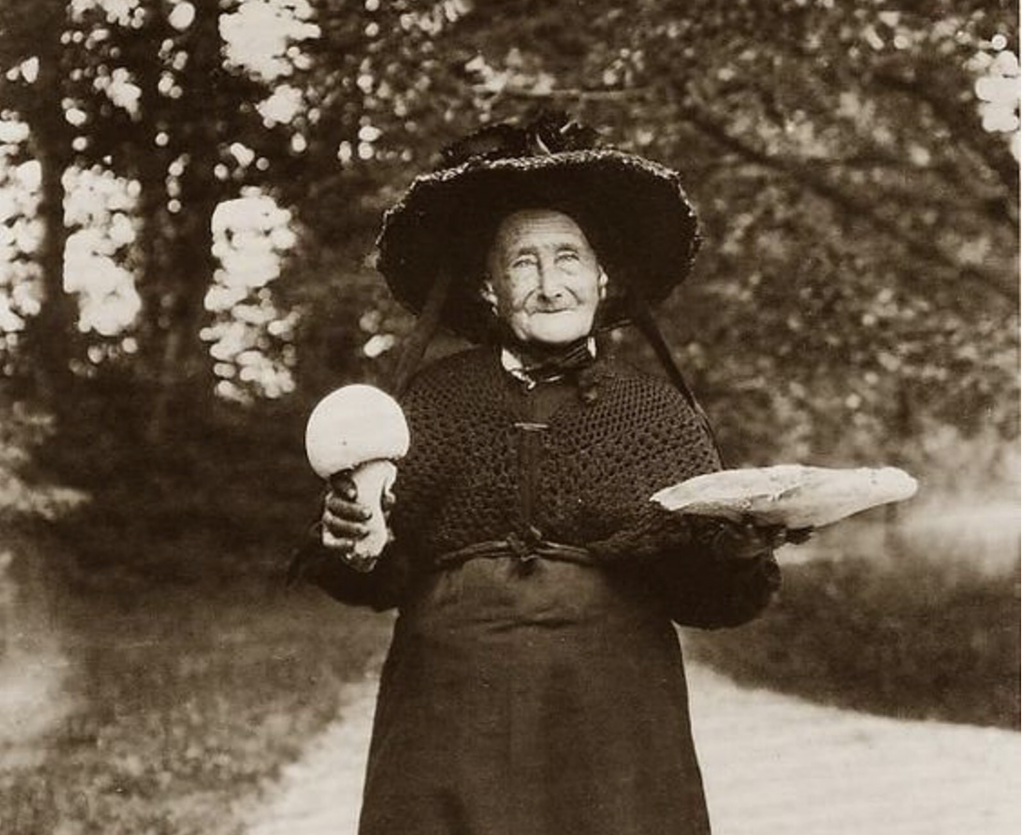
“Thou shalt not suffer a witch to live.” Exodus 22:18
~
“The witch hunts left a lasting effect: an aspect of the female has ever since been associated with the witch, and an aura of contamination has remained—especially around the midwife and other women healers.” Witches, Midwives & Nurses, Barbara Ehrenreich & Dierdre English
~
Though American pioneers would have denounced witchcraft, their lives were filled with practical magic. Planetary movements and superstitions guided their actions; talismans and consecrated oils protected them; and herbal concoctions worthy of Macbeth’s coven healed them.
My own father did as farmers before him had done and employed a dowser to determine where to dig a well. These “water witches” used willow branches to “twitch” for favorable well-digging spots.
But some of the best-known practitioners of frontier folk magic were midwives. Working as both nurse and doctor in the sparsely populated areas of the developing West, these women attended deaths as well as births. Though some of the lay healers who preceded them in Europe and on the Eastern seaboard had been targeted as “witches,” these frontier midwives were too essential to outlaw.
Many brought folk wisdom from their countries of origin, traditions that had been passed down through generations. Others gleaned contemporary advice from newspapers and traveling medical experts. Most invoked a higher power to work magic with humble remedies, though old-world charms and hexes were also invoked.
Traditions varied. Some believed that tucking scissors under a mattress would ease labor pains or placing a rusty axe under the bed would diminish the pain after birth. Not all sharp instruments were welcome, however. Some thought that if a pregnant woman laid eyes on a garden hoe it would kill the child she was carrying.
Anecdotes of visiting angels, either in a form of “light” or “personages” who assisted the midwives, are common. Some of these mysterious visitors came to usher in life, others to take it away or to comfort those left behind.
Magical powers were attributed to readily available herbs. Western midwives were particularly fond of lobelia, sagebrush, sunflower seeds, raspberry leaves and thistles. These common plants were brewed up in teas, ground into poultices or steeped in pots to soak infected limbs or immerse the entire body in a steam bath.
These folkways may seem provincial or ineffectual to us now, but as folklore expert Eric Eliason says: “In considering disconcerting differences we find in the past, it might be worthwhile to try to imagine what common, even indisputable, beliefs or practices today will seem ridiculous, dangerous, superstitious, or even morally irresponsible one hundred years from now.
All three of my children were born with the help of midwives who worked within the modern medical system. Along with the attending nurses and doctors, these women used herbs, breathing techniques, movement and other folk-wisdom along with modern medical practices to bring me and my unborn children safely through the Valley of Death. If they be witches, then I’m grateful they worked their magic in our lives.
Happy Halloween 2020! A version of this article originally ran at paperlanternwriters.com



